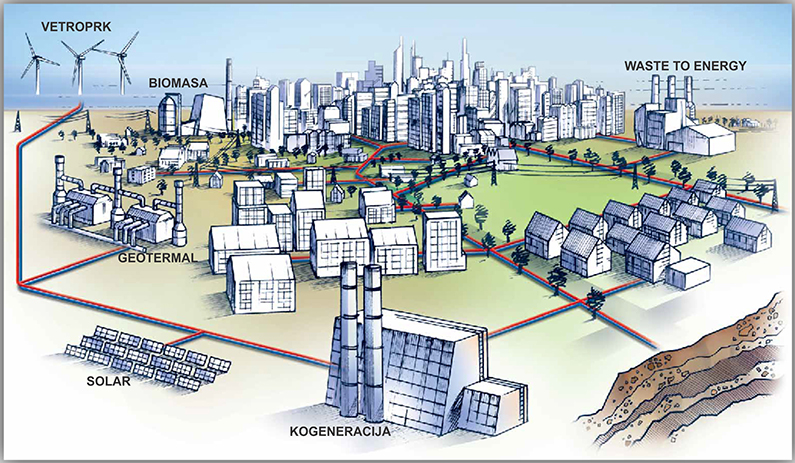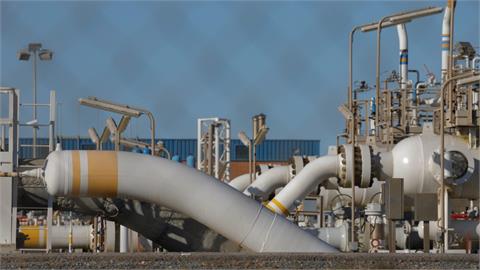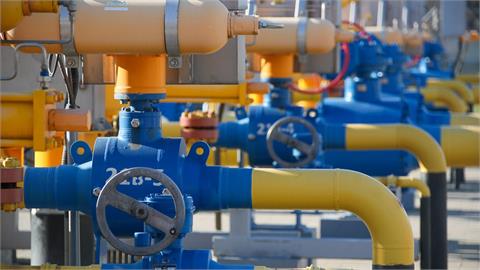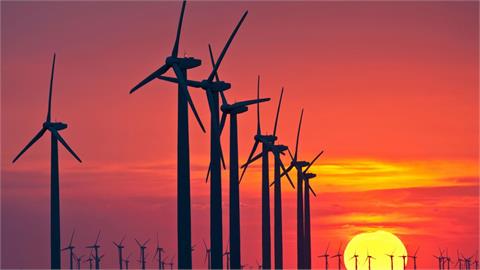What challenges lie ahead in the transition of conventional district heating systems and is district heating the future of urban heating in Europe? The vision of the development of Novi Sad Heating Plant, a regional leader by achieved performance indicators, can provide some of the answers.
Author: Dušan Macura, head of heat production and distribution at Novi Sad Heating Plant (Novosadska Toplana)
What challenges lie ahead in the transition of conventional district heating systems and is district heating the future of urban heating in Europe? The vision of the development of Novi Sad Heating Plant, a regional leader by achieved performance indicators, can provide some of the answers.
Global district energy trends
District heating systems, developed mainly in eastern European countries, have been advertised over the past few years as the future of urban heating in Europe. We have been witnessing a speedy transition of conventional district heating systems into 4th generation district energy systems.
The 4th generation of district heating (4GDH) is a coherent technological and institutional concept which uses smart heating networks to ensure the development of sustainable energy systems, and involves the integration of all available heat sources into a single network (waste heat from industry, heat from renewable energy sources, cogeneration, etc.) to supply heating and cooling energy to low-energy buildings, with low losses and high energy efficiency.
With this technological transformation, which benefits both consumers and energy companies, we are moving towards intelligent urban district heating systems.
Danish school of district heating: a vision of development
Novi Sad’s district heating system has an extraordinary opportunity to transform into a modern district energy system in a sustainable way. For nearly 60 years, the development of this system has been strategic and planned, with the base source of heat energy at trigeneration (now cogeneration) facilities built outside the urban area, on the bank of the River Danube, strategically located peak heat sources (East-West-North-South), a balanced heat consumption capacity, thermal efficiency at 75%, a combined heating and sanitary hot water system, and other visionary solutions.
The vision and strategy of the system’s development have been defined and presented at international and domestic expert conferences, where they have met with positive assessments, and can be described as the Danish school of district energy. The Novi Sad district heating system has a heat consumption capacity of 902 MW, 105,300 consumers, 690 MW of heat sources, 223 km of distribution network, and 3,000 heating substations.
Novi Sad consumes around one million MWh of heat energy a year, with costs of natural gas as primary fuel at about EUR 40 million. The overall measured production system efficiency is 96%, while the distribution system’s efficiency is somewhat over 90%.
The system is known by its achieved level of digitalization. It uses some of the cutting-edge global software platforms, a very small number of which is used in European district heating systems. The number of employees per 1 MW of heat consumption capacity is lower than in Ljubljana and Zagreb, and certainly the lowest in Serbia.
Strategy of shifting benefits to consumers
Over the past few years, Novi Sad Heating Plant has implemented some of the strategic projects in the process of system transformation, whose ultimate goal was to shift the savings benefits to consumers. Since May 2016, the prices of heat in Novi Sad have been lowered four times, which hasn’t been the case in other cities. The latest price reduction was on February 1 this year, and it showed on bills in early March.
In August 2016, cogeneration plant West, with a capacity of 10 MW of electricity and 10 MW of heat, was put in operation, and in its first 28 months or work it produced 180 million KWh of electricity and the same amount of heat energy. Novi Sad Heating Plant, as a privileged producer, sells electricity to state power utility Elektroprivreda Srbije (EPS) at a feed-in tariff of €105 per MWh, while using wastewater from the cogeneration process for the preparation of sanitary hot water 24/7/365. The investment in this facility, of EUR 6.3 million, paid off after just 19 months of operation.
More importantly, as a benefit from this facility over the next 10 years, which is the duration of the feed-in tariff period, consumers in Novi Sad will save a total of EUR 40 million on lower costs of heating energy. Novi Sad Heating Plant also attaches particular importance to environmental protection. All emitters are equipped with systems for continuous emissions monitoring, while intensive work is underway on decarbonization and the reduction of nitrogen oxides emissions.
One of the projects that has been recognized, and financially supported, at the European level as particularly effective in terms of environmental protection is the automatization and connection to a remote monitoring and management system of 440 primary heating substations, accounting for 175 MW, or 20% of heat consumption capacity. This project was implemented in 2018.
The achieved savings are 14.6%, which amounts to 24,000 MWh a year on aggregate. To produce this amount of energy, a system would have to emit 7,680 tons of CO2 into the atmosphere, while the absorption of this amount of CO2 would require around 360,000 trees (one tree can absorb around 21 kg of CO2 a year). The project received an EUR 860,000 grant in an international competition of the Center for International Cooperation and Development of the Government of the Republic of Slovenia, out of the EU’s quota for CO2 emissions reductions, which will help achieve return on investment after 2.2 years.
Novi Sad in energy efficiency class E by heating energy consumption
What Novi Sad and consumers will have to deal in the future is the way they consume heating energy.
The heating energy consumption profile for 2018 shows that the city consumes an average of 124 KWh per m2 a year, which is very inefficient and which falls into energy efficiency class E. There are 600 facilities in energy efficiency class G and as many as 285, mainly houses, which have not been classified according to applicable regulations and whose annual consumption exceeds a horrifying 250 kWh per m2.
Residential buildings in Novi Sad, for the most part, do not have adequate thermal cladding, and the city will have to find the optimal model to resolve energy efficiency problems in residential construction for facilities that represent energy "black holes” in order to ensure a sustainable transition to consumption-based billing, which is both an objective and an obligation. If through measures to rehabilitate thermal cladding, specific average consumption were to be reduced to 105 kWh per m2, which is at the lower end of energy efficiency class D, the city could save over EUR 3.7 million a year.
Plans and challenges: cogeneration plant South, new base source, staff
As part of the implementation of the district energy system development strategy, the city is currently building cogeneration plant South, with a capacity of 4 MW of electricity and 4 MW of heat.
This facility is planned to be put in operation in early 2020. The idea is for Novi Sad Heating Plant to become fully consumer-oriented in the coming years. The deployment of a consumer service portal is also in the pipeline, which will enable customers to generate service requests in real time using their smart devices, receive service information, and access the balance and analytics of their consumption.
One of the key challenges in the future will be the integration of a new base source of heat energy for the district heating system into the existing hot water network, with a capacity of around 100 MW of heat, through the application of one of the renewable energy technologies, with or without cogeneration.
Providing long-term support to these complex systems and implementing the development strategy and energy policy requires appropriate personnel. As a university center, Novi Sad must take into account the logistics and the need to provide adequate human resources for one of the key energy and communal systems, which will represent a great challenge in the future.
(balcangreenenergynews.com)




